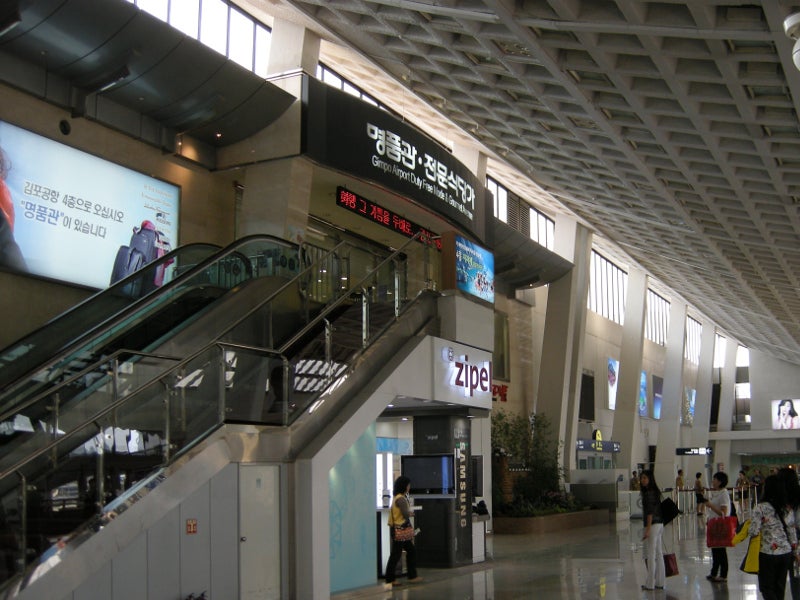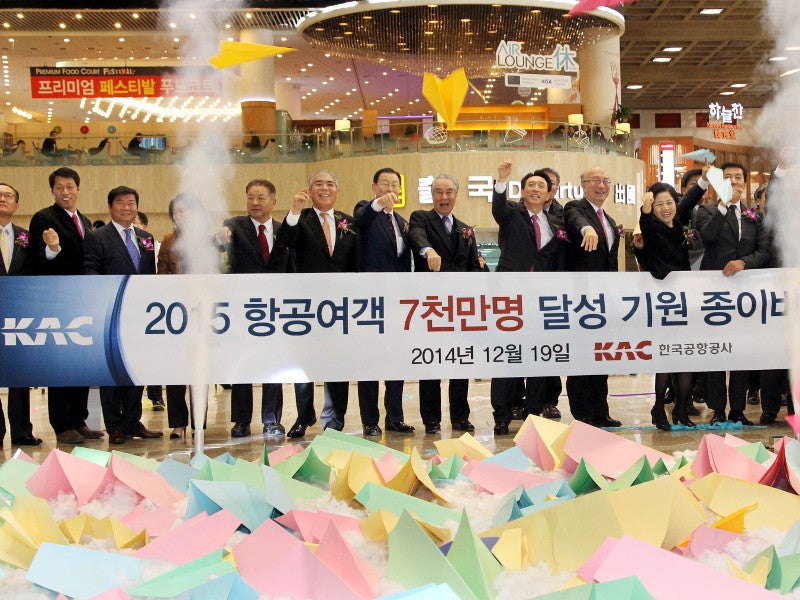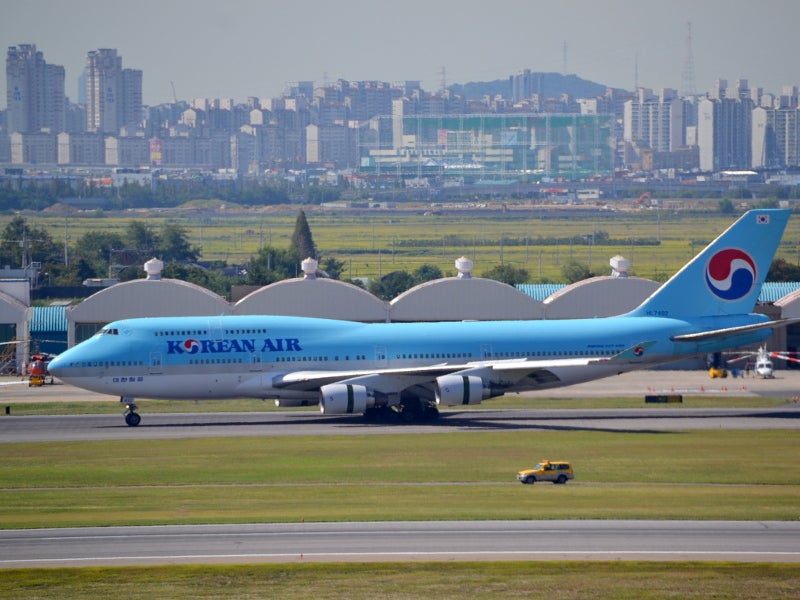Located in Gangseo district, South Korea, Gimpo International Airport (IATA: GMP) offers aviation services to the citizens in and around Seoul. It was previously known as Kimpo International Airport.
The public airport is being operated by Korea Airports Corporation (KAC) and is the third biggest international airport in the country, behind Incheon and Jeju international airports.
The airport has witnessed significant growth over the recent years. It handled more than 24 million passengers in 2018.
KAC initiated an international terminal expansion at the airport in 2013 to meet the growing passenger demand at the airport. The project involves the redesign of retail and commercial spaces in the terminal.
A new maintenance, repair and overhaul (MRO) facility will also be constructed as part of the project. The annual passenger capacity of the terminal will be increased to ten million passengers, upon completion of the expansion by the end of 2019.
Facilities at Gimpo International Airport
Gimpo International Airport features two passenger terminals, a large cargo terminal, two long parallel runways, retail facilities, commercial spaces and a business aviation centre.
Terminal one has an area of 53,090m² and serves as the international terminal. The passenger handling capacity of the terminal is approximately five million, which is less compared with the domestic terminal.
International arrival and departure operations are located in the first and third floors of the terminal respectively, while the third floor additionally accommodates the immigration and security checkpoints.
The domestic terminal of the airport is designated as terminal two. The four-storey building covers an area of 837,841ft² (77,838m²) and handles more than 232 arrivals and departures. It has the capacity to handle 31 million passengers.
The first floor of the building is equipped with six gates for passenger arrivals, while the third floor features 20 gates and a security checkpoint to handle departures.
Built in 1978, the cargo terminal offers an area of 96,018m² and has the capacity to accommodate 826,000t of cargo. It also has an additional space of 30,363m² with the capacity to house 607,000t of cargo.
The longest runway of the airport is the Runway 14L/32R, which has a length and width of 3,600m and 45m respectively. The second runway (14R/32L) has a length of 3,200m and width of 60m. The runways are capable of accommodating Airbus A380 and Boeing 747-400 aircraft.
Other facilities at the airport include a hangar, check-in counters, an air traffic control tower, and a 300,097m² car park offering 10,004 parking lots to the passengers.
Past expansions at the Gimpo International Airport
The airport has undergone a number of renovations and expansions since its opening for commercial services. The integrated complex of the airport was expanded in 1973, followed by the expansion of runways, taxiways, terminal buildings, and car parks in 1974. Another runway expansion project was carried out along with the construction of a new cargo terminal in 1978.
KAC commenced a ten-year expansion project in 2009 to upgrade the airport’s domestic terminal. The project involved an investment of KRW250bn ($222m), which was entirely funded by the operator.
Completed in October 2018, the project increased the terminal area from 77,838m² to 88,443m². The number of security checkpoints was increased from ten to 14, while the number of baggage systems was increased to reduce the baggage processing time by ten minutes.
Contractors involved
The Seoul Regional Aviation Administration of South Korea placed a contract with NEC Corporation for the deployment of air traffic control radars at the airport, in November 2018. The radar systems are expected to be operational by October 2020.
Heerim Consortium comprising Heerim Architects & Planners, Soosung Engineering, and Hanseo University was awarded a contract to review the design of the existing airport for the development of a new master plan.
Gimpo International Airport background
GMP was initially opened as Gimpo Airfield in 1939 to serve as the administrative air base for the armed forces of Japan. The airfield was transformed into an international airport after the completion of an emergency renovation in May 1957.
The airport underwent an expansion and was designated as Gimpo International Airport in 1958, marking the start of major commercial operations at the airport.
An integrated complex was constructed at the airport in 1960, while the current domestic flights complex was constructed in 1971. The government of Korea managed the airport until transferring the management to the International Airport Authority (now KAC) in 1980.
GMP has lost its primary gateway status after the inception of Incheon International Airport in 2001. The international traffic at the airport has been mostly diverted to Incheon. However, GMP resumed limited international operations in 2003. It currently serves international passengers travelling in five routes.






